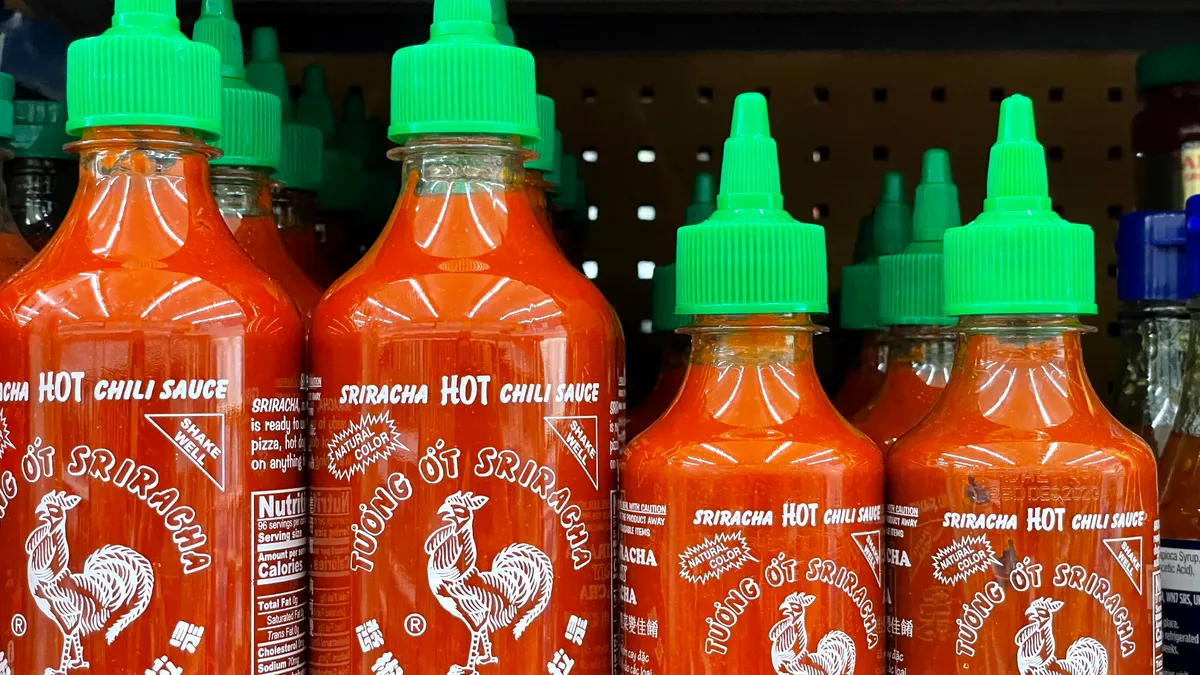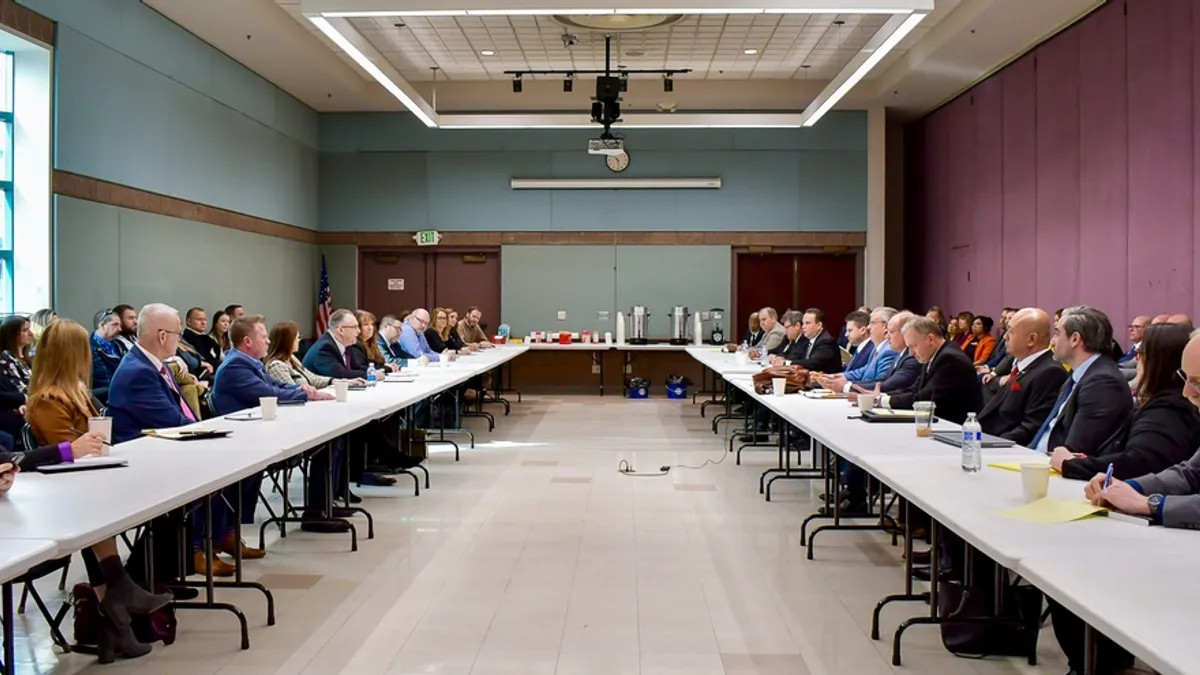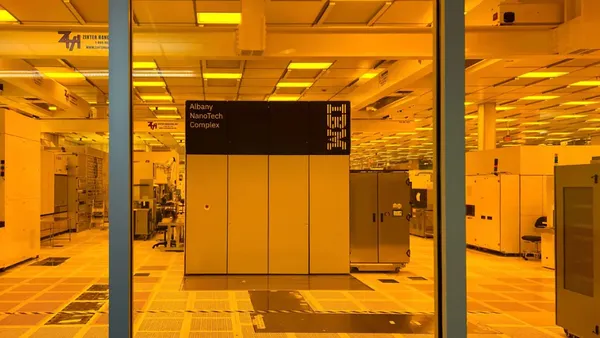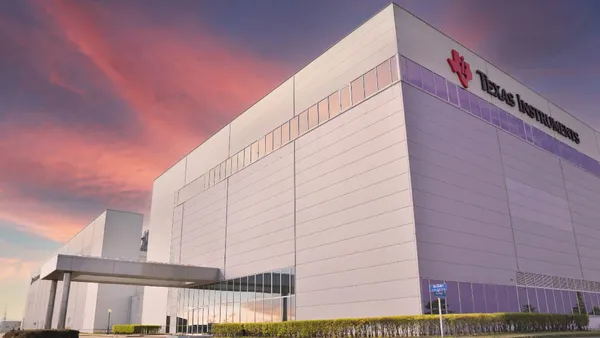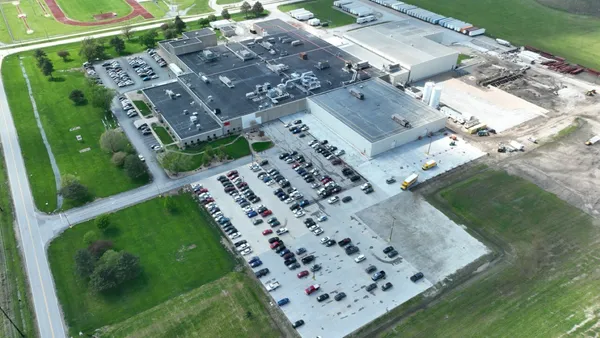Dive Brief:
- The U.S. Army opened an Advanced Manufacturing Commercialization Center in Sterling Heights, Michigan on Thursday. The center will house a subsection tool, a metal additive manufacturing machine that will help manufacture parts more efficiently.
- The machine will produce parts for the Army and the Department of Defense, said Christopher Spangler, branch chief for the Army’s Ground Vehicle Systems Center (GVSC) materials division advanced manufacturing.
- It will also support the Army’s largest 3D printer, which is housed at its Rock Island Arsenal – Joint Manufacturing and Technology Center in Illinois. The Army also calls the largest 3D metal printer in the world.
Dive Insight:
The new center in Sterling Heights will support the Army’s $45 million Jointless Hull Project, which aims to accelerate production, cut costs and reduce vehicle weight, as well as improve vehicle performance and durability, according to an April 2021 release.
The Army chose Sterling Heights to house its subsection tool given the many experts available for engineering support at the nearby Ground Vehicle Systems Center in Warren, Michigan, Brandon Pender, the GVSC’s associate director for the materials division, told Manufacturing Dive in an email.
“While we have GVSC associates co-located at Rock Island with the full-scale jointless hull, having the subsection tool in Sterling Heights allows us to leverage all the nearby assets and talent of GVSC in addition to the countless experts of manufacturing in Michigan,” Pender said.
Industrial manufacturer Ingersoll Machine Tool built the $2 million jointless hull subsection tool for Sterling Heights, according to Pender. The larger, $5 million 3D metal printer at Rock Island Arsenal produces metal parts as large as 20 feet high, 30 feet wide and 12 feet tall for military ground vehicles and larger additively manufactured parts.
“Building the future Army, while continuing to outpace 21st century threats, requires developing and fielding next-generation technology that provides Army formations with distinct advantages over near-peer competitors,” Pender said in a statement.
The Joint Hill project’s subsection tool will be available to industry partners for commercial and military use. The new center will also offer small businesses the chance to partner with Army collaborators to work toward the commercialization of advanced manufacturing standards, training and data management, according to an April 2022 release.
The Army is not the only military service to utilize additive manufacturing. Last month, additive manufacturer Sintavia announced it was building a production site to support the United States Naval Nuclear Propulsion Program in Hollywood, Florida.
In January 2021, the Department of Defense released its first Additive Manufacturing Strategy, which outlines how 3D printing will be used to modernize national defense systems, enhance the ability to accelerate the creation of new parts and provide battlefield innovations.
“We support the DoD’s AM strategy through both increasing Army readiness—via supply source for hard-to-obtain parts—and modernization with better designs and reduced part count,” Pender told Manufacturing Dive.
Correction: A previous version of this story misstated the location of the Ground Vehicle Systems Center. The facility is in Warren, Michigan, which is near Detroit.





